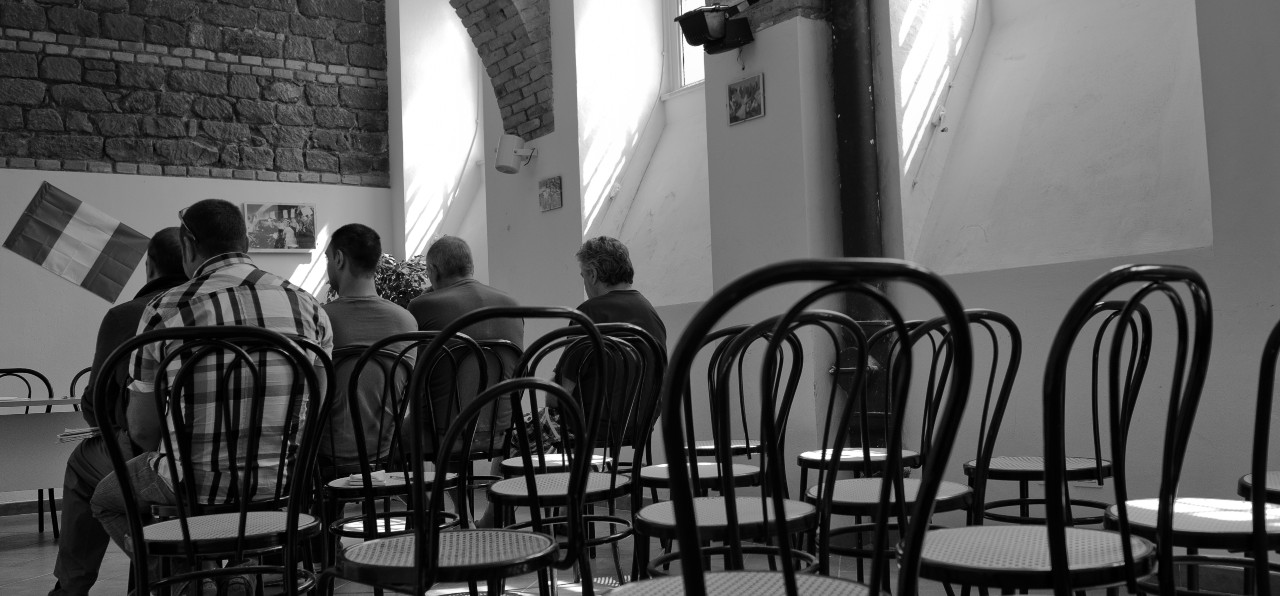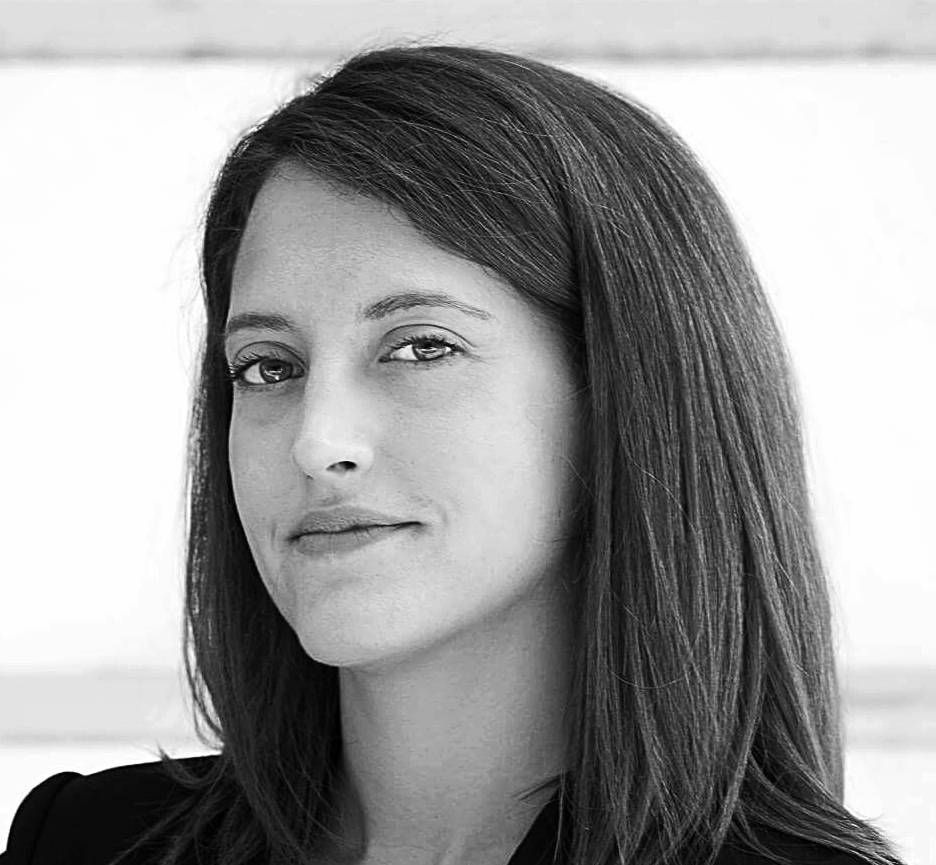
May
2021
The CUP Diaries: capturing powerful voices and stories
This new blog series aims to document the process for developing the intellectual outputs of the project: the Make the Case Advocacy Toolkit, the Skills Development Blueprint and the Impact Evaluation Kit. CUP partners join in the conversation, telling the stories and sharing reflections about their creative process and what they have learned by participating in the project so far. In this first blog, Eleni Takou and Katerina Pournara from HumanRights360, tell the story of the making of the CUP video: a collection of powerful voices and compelling stories from Greece, Cyprus, The Netherlands and Italy.
What was the process for identifying the voices for the video?
Our starting point, was the coordination with national partners, as they naturally have a much better understanding of the different stakeholders and the particularities of each national context.
Through their guidance and advice, we managed to identify the suitable voices for each country., Ideally, we wanted to capture a trio of voices per country. One voice was to represent the prison administration, or an authority involved in the management of prisons in general. Another was to be the voice of a professional actively involved in education in, or after,prison or in employability activities closely linked to education and reintegration after incarceration. We also wanted to include the voice of an ex-convict, or someone representing an association of ex-convicts, as we felt that it was very important to include their experience and perspective.
Thus, we managed to have a diversity of representative voices, ranging from the Cyprus prison Deputy Director to ex-convicts from Greece and Italy. We were also able to include a range of perspectives from academics and professionals dealing with education and reintegration through employability projects in all partner countries. The diversity of theseperspectives and approaches is reflected in the video repository that we have created on the project’s website and will also be part of the Make the Case advocacy toolkit (https://www.cup-project.eu/en/materials/).
Are there any highlights from the interviews you conducted?
It was very interesting to listen to ex-convicts from Greece and Italy, as they are experts on account of their direct experiences. It was also very interesting to listen to the approach of several practitioners that have hands-on experience inprison education. The most important lesson for us was that several different initiatives and activities that are already being implemented, have a huge impact on the lives of convicts, but we do not have enough information about these.
The Netherlands proved to be a unique example of how close the employment sector can be with education in prisons.Their experience demonstrated that integrating an employability component in education and training activities in prison is highly important and it is achievable.
Finally, Cyprus provided valuable examples of best practices and academic research. We took stock of their lessons learnt and the best practices that have emerged in the past few years after their prison reform. This has provided valuable expertise that can be very useful to the project.
All in all, the material we have collected, constitutes a highly interesting cross-fertilization of experiences and approaches.
What did you learn in the process that can be applied to the project going forward?
As in all recent activities, the first challenge and learning opportunity was the need to adaptat to our new COVID-19 reality. We needed to be flexible and creative enough in order to overcome the difficulties created by the physical distance.
Also, creativity was important in the identification of the voices for the videos. in this regard, the identification and selection of voices followed a mostly non-conventional approach that was closer to what we call “snowball sampling” or “chain-referral sampling”. In this way, we were able to make use of referrals that were made along the way by interviewees and introduce new information and new approaches that we were not evident from the start. Of course, this chain-referral sampling method presupposes a clear overview of the main target so that you do not get off track. We never lost sight of the scope of our work: Convicts Upskilling Pathways.


